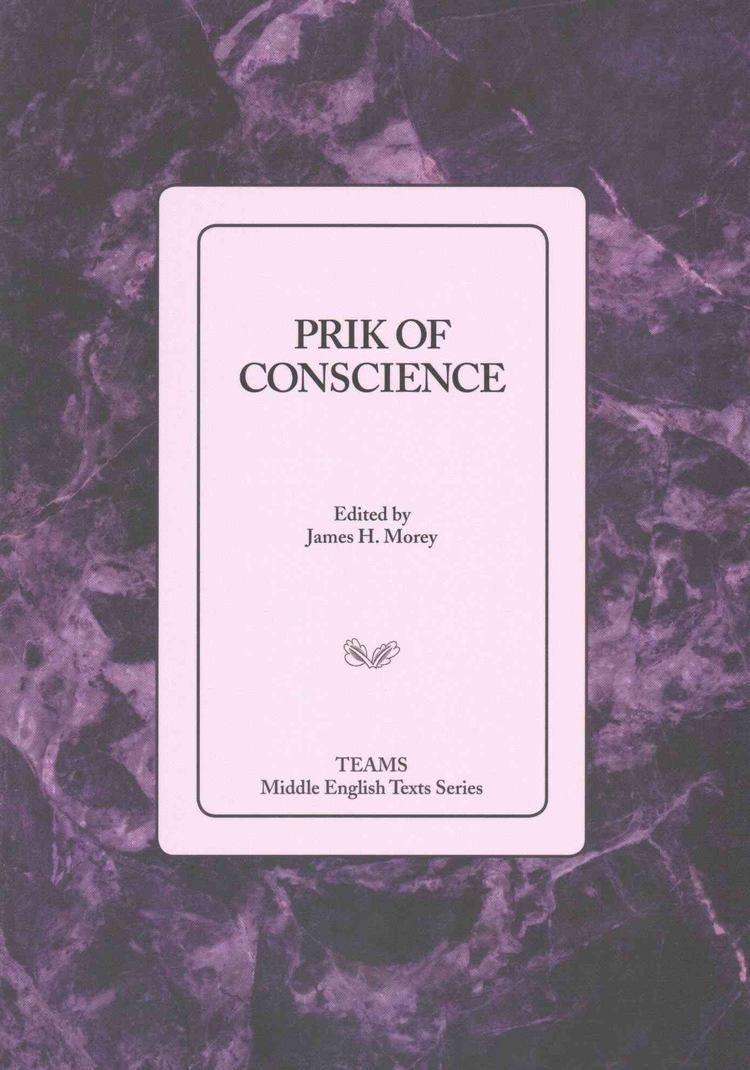Originally published 2012 | ||
 | ||
Similar Cursor Mundi, Ayenbite of Inwyt, Ormulum, Ancrene Wisse, Piers Plowman: An Editio | ||
The Prick of Conscience is a Middle English poem dating from the first half of the fourteenth century promoting penitential reflection. It is, in terms of the number of surviving manuscripts, the best attested poem in Middle English, with over 130 manuscripts. It was attributed to Richard Rolle in some manuscripts, but contemporary scholars consider the poem anonymous.
Contents
Appearance in stained glass
Unusually, passages from and illustrations of the account of the Fifteen Signs of Doom in The Prick of Conscience appear in stained glass form in the 'Prick of Conscience Window' in All Saints' Church, North Street, York. The window is thought to have been constructed around 1410-20.
Influence
As the number of surviving manuscripts suggests, The Prick of Conscience was the most popular English poem of the Middle Ages.
